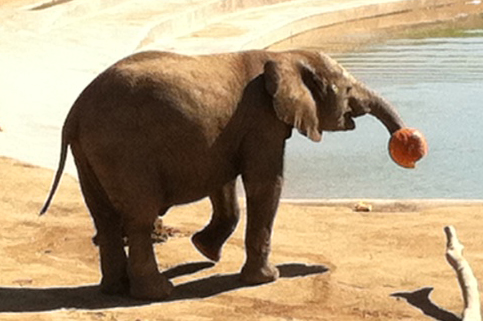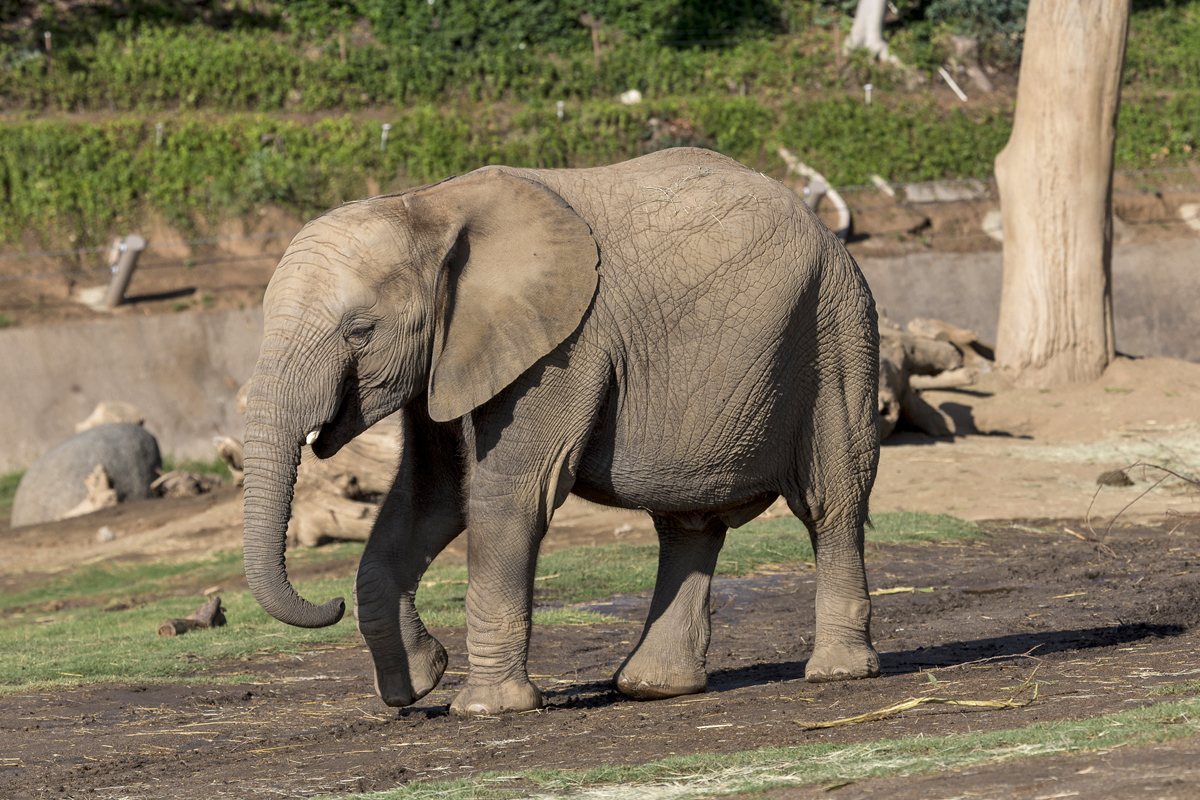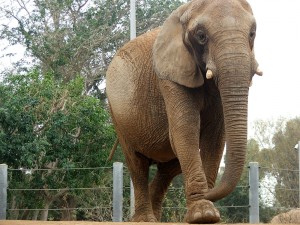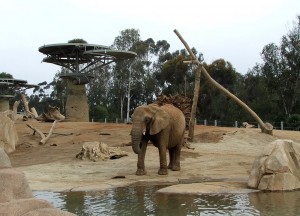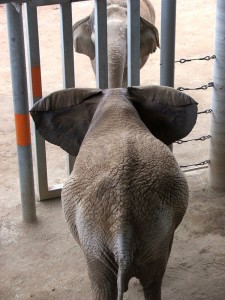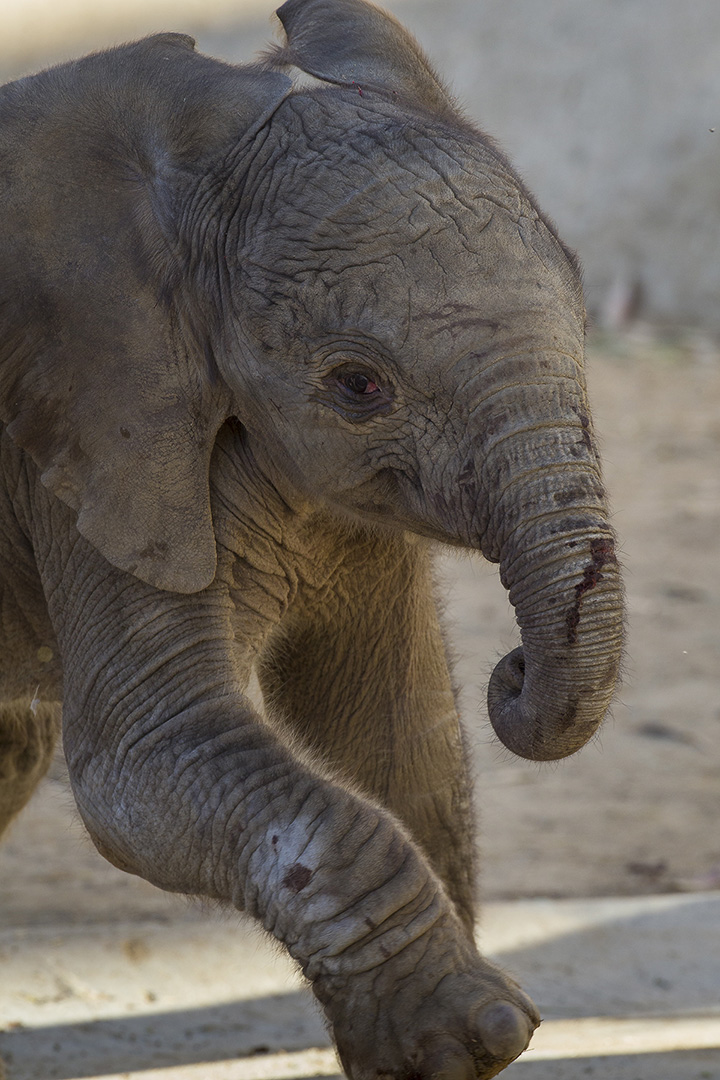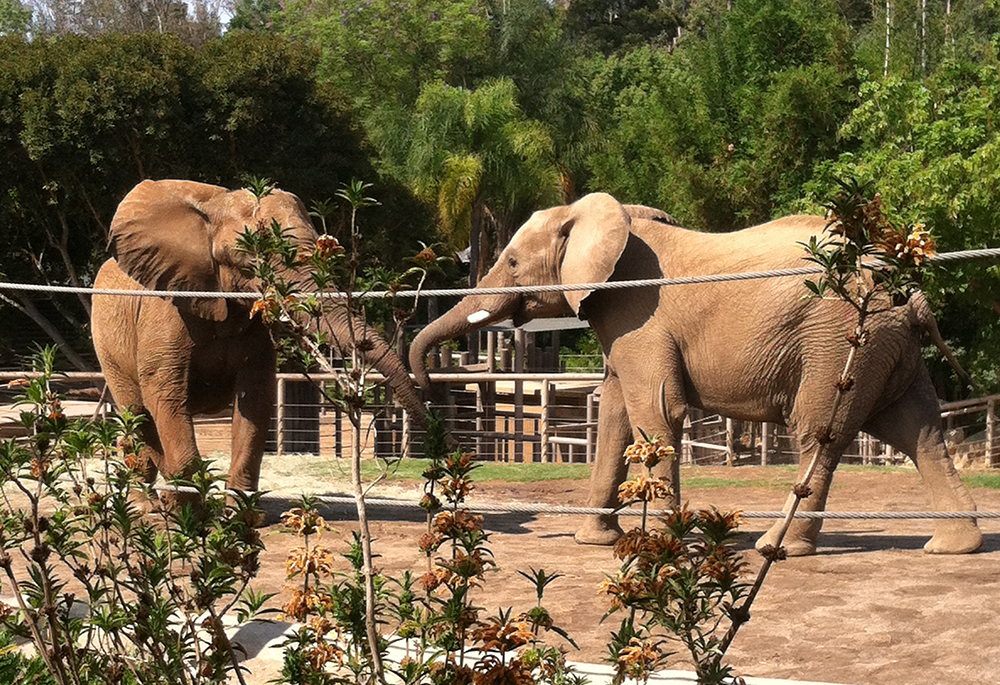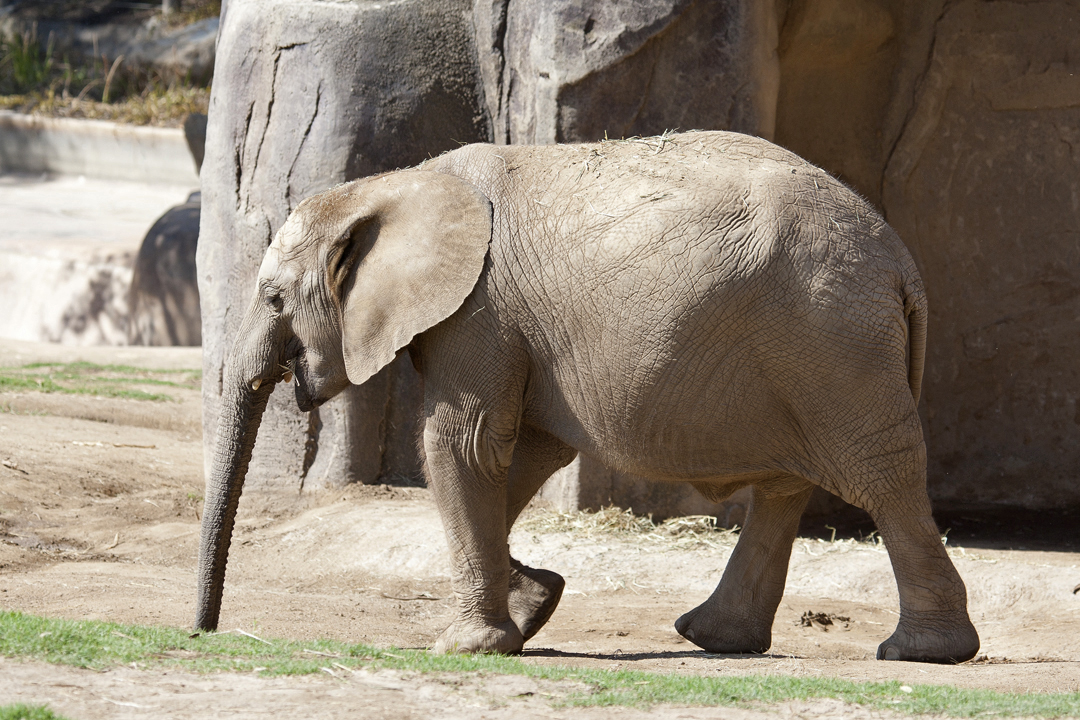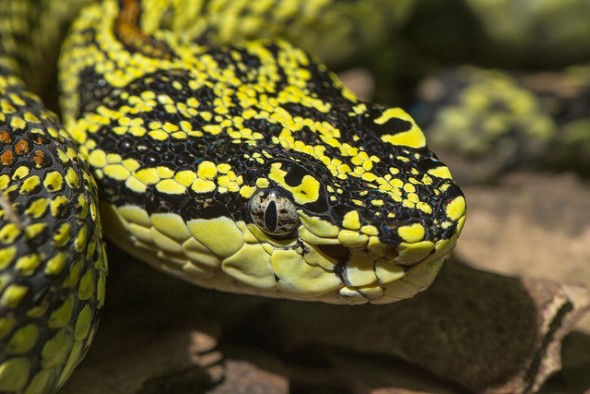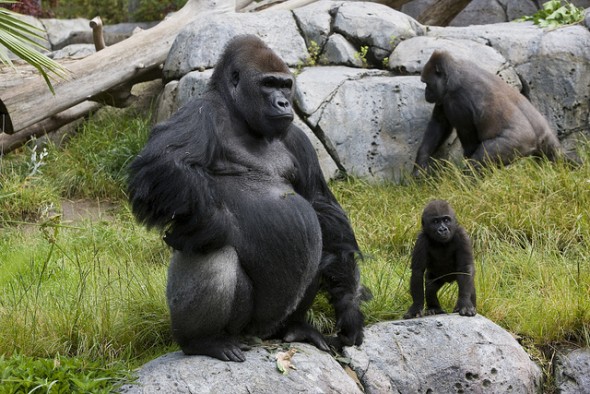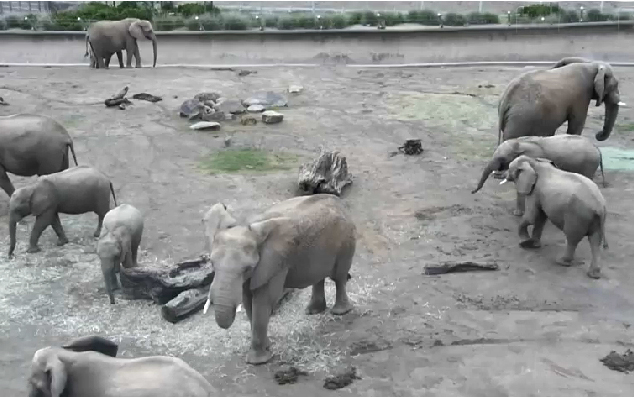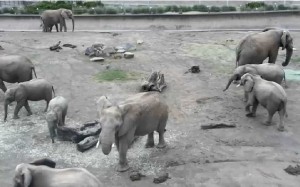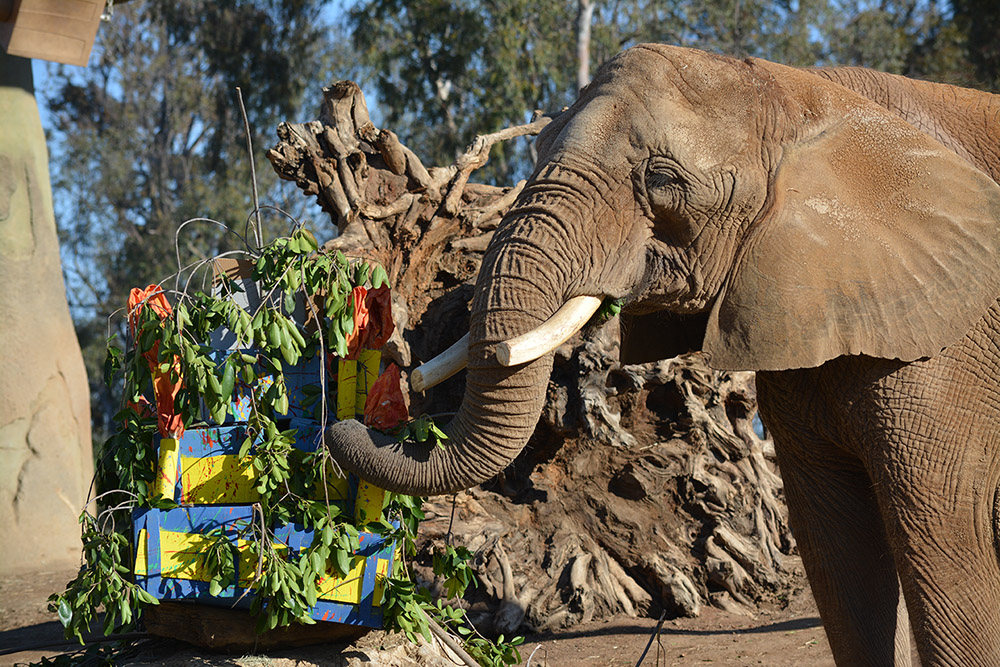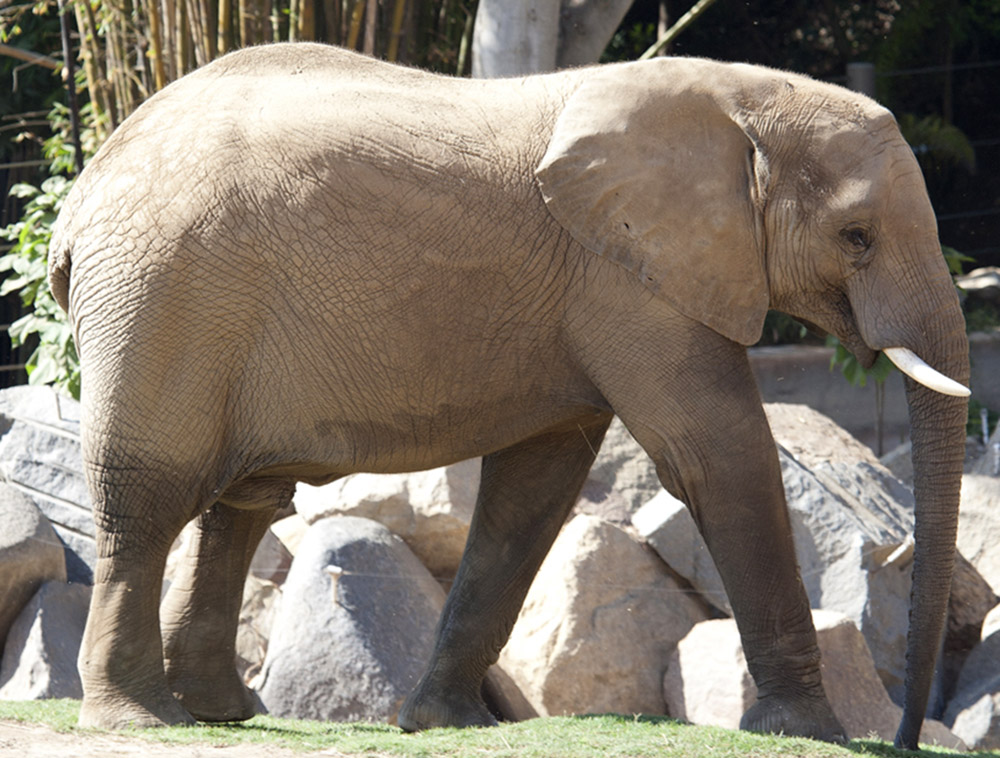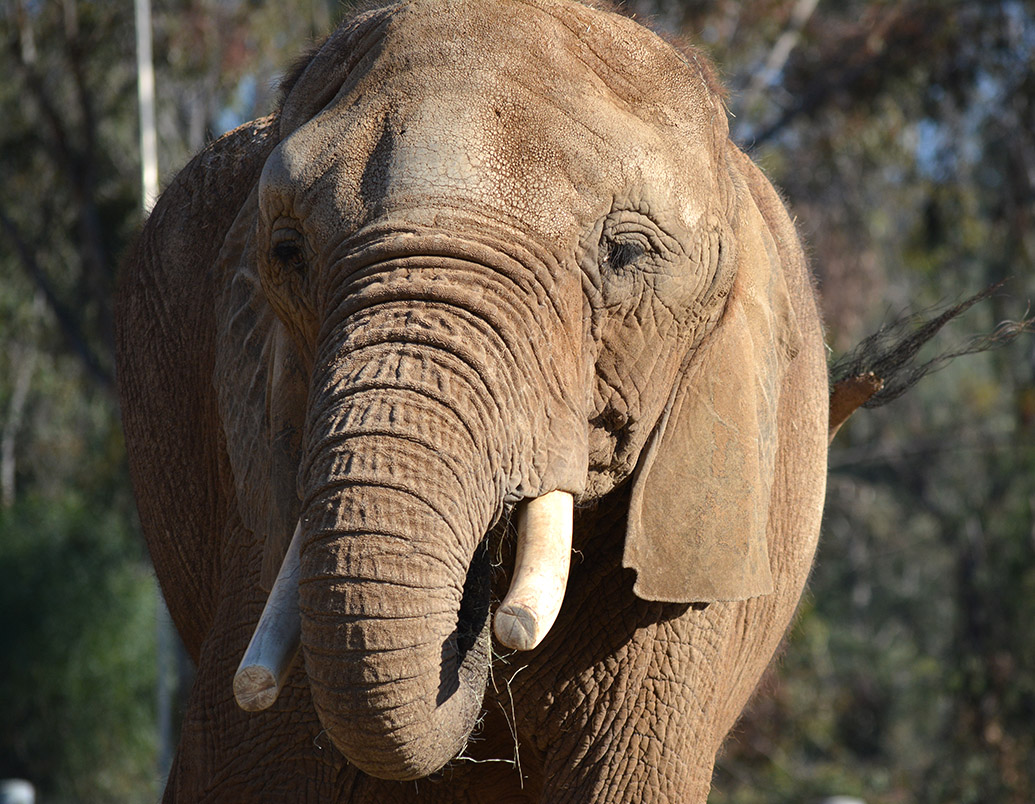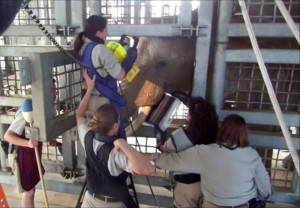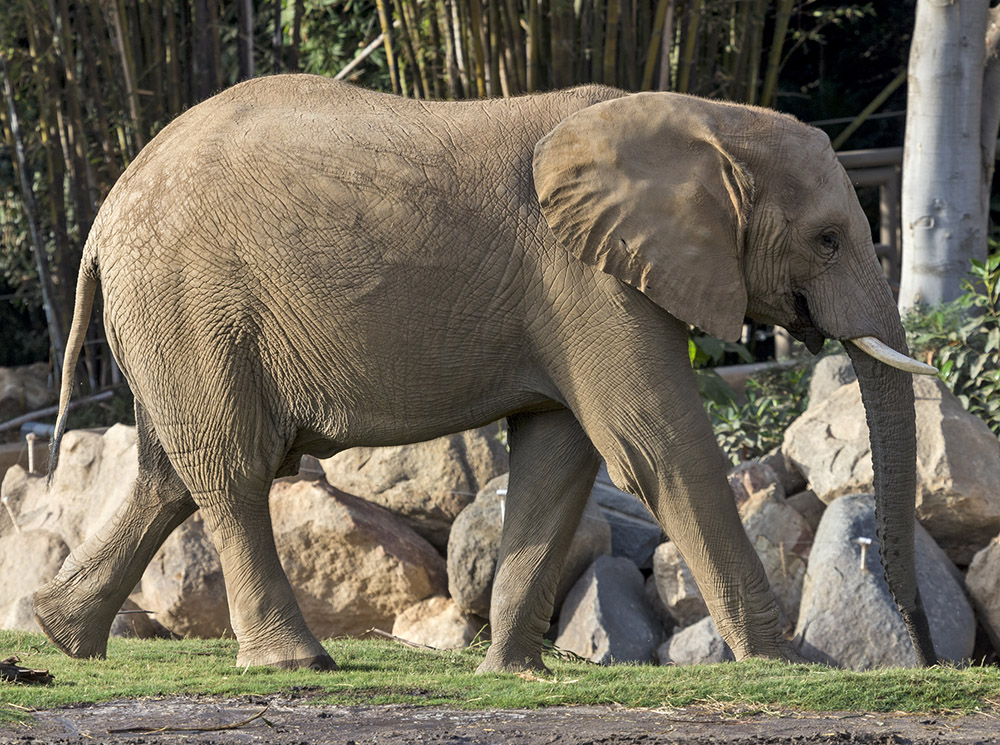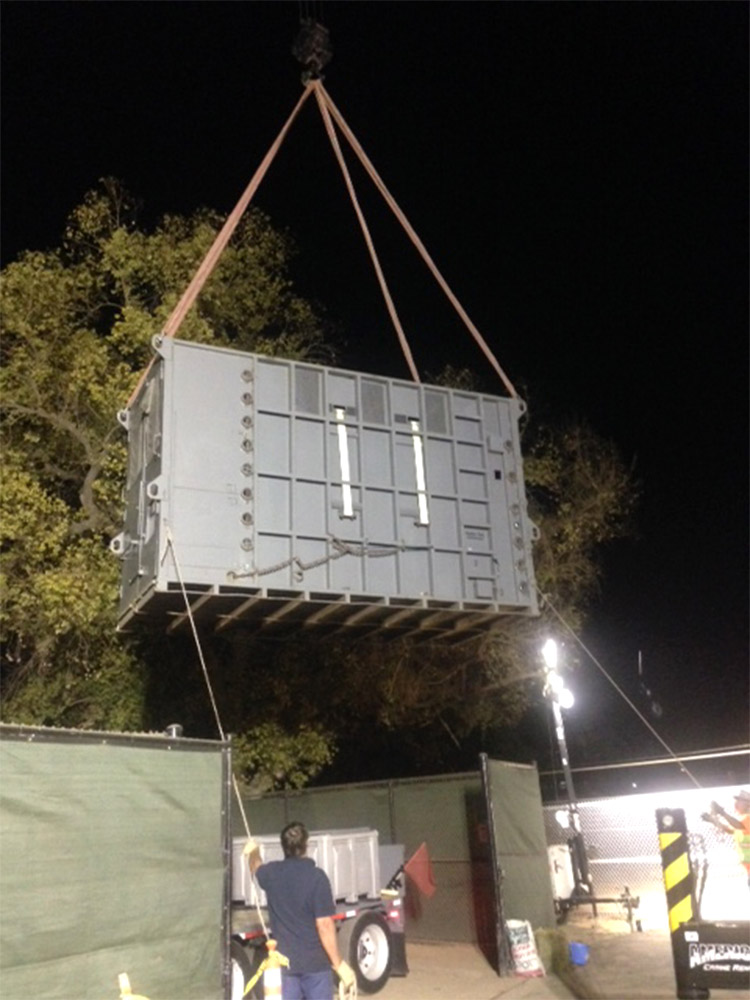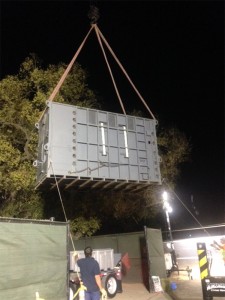World Elephant Day, launched on August 12, 2012, is now an annual event intended to celebrate this beautiful and majestic mammal and to bring attention to the plight of Asian and African elephants and the numerous threats they face. Sadly, elephant tusks are one of the major reasons elephants are threatened. Elephant tusks are made into ivory carvings, jewelry, chopsticks, and other such trinkets. Some people in the world believe that elephant tusks fall out, like baby teeth in humans, and, to collect the ivory, all one needs to do is gather those fallen tusks off the ground. The truth, however, is that tusks are permanent and grow throughout an elephant’s lifetime. In order to get the ivory, the elephant is illegally killed. Because of the high demand for ivory, elephants are currently being killed at an alarming rate. According to the U.S Fish and Wildlife Service, more than 35,000 elephants were poached in Africa last year.
My work with elephants began in 1995 as a manager of a volunteer conservation education program at the David Sheldrick Wildlife Trust (DSWT) Elephant Orphanage in Nairobi, Kenya, where local and international visitors came to see baby elephants and learn about elephant ecology and conservation. It was at the Trust that I witnessed firsthand the devastation caused by poaching, as many of the traumatized orphaned elephants had lost their mothers to the ivory trade. The good news is, individuals, organizations, such as DSWT, and governments around the world are working hard to bring an end to poaching by educating people about the real costs of ivory and by enforcing national and international laws that make it illegal to collect, sell, or buy ivory.
Many values are associated with elephants, which is, in part, why conserving elephants is a complex task. From an ecological perspective, the elephant has important roles in the environment. It is sometimes called an ecosystem engineer, with complex effects on its habitat and species diversity. It modifies its environment through activities such as seed dispersal, tree felling, bark stripping, and the creation of waterholes. From a social perspective, the many elephant lovers around the world appreciate that elephants are intelligent, social animals that communicate with others near and far, maintain strong family bonds throughout their lives, and have life stages parallel to those of humans. Additionally, many elephant behaviors, such as those demonstrated in greeting ceremonies or when standing over and covering a dead body or bones, are interpreted as displays of emotion. Elephants also have economic value at the local and national level by attracting tourists for consumptive and non-consumptive use.
![An elephant gives itself a dust bath in Amboseli. Photo credit: Richard Nunez.]()
An elephant gives itself a dust bath in Amboseli. Photo credit: Richard Nuñez
Whereas the elephant is admired by many people around the world, not all people view elephants positively. About 70 percent of the elephant’s range lies outside protected areas on lands often occupied by people, highlighting the importance of maintaining private lands as viable elephant habitat. Therefore, conservation efforts aimed at protecting the elephant and securing habitat for its long-term survival need to be based on both ecological and human-dimensions information.
People and elephants have coexisted for millennia with varying levels and types of interaction, but negative interactions known as human-elephant conflict (HEC) are perceived to be on the rise in some places. Human-elephant conflict can come in many forms and result in property damage and injury and death of both people and elephants. Crop depredation, the most common form of HEC, is a critical issue in elephant conservation, especially as more land is converted to agriculture. In pastoral areas such as Maasailand, where I conducted research, coexistence is threatened as a result of the evolving socio-economic landscape.
The Maasai people living around Amboseli National Park, Kenya, located at the foot of the majestic Mt. Kilimanjaro, are traditionally semi-nomadic livestock herders. This livelihood practice facilitated their coexistence with wildlife, including elephants, in the Amboseli ecosystem for hundreds of years, but changes brought about by government policy, conservation policy, and immigration of peoples from other cultures has had a significant and on-going impact on their way of life. With more land under the plow and increasing competition for resources resulting from population growth, the level of conflict was on the rise.
![A Maasai elder is interviewed. Photo credit: Richard Nuñez]()
A Maasai elder is interviewed. Photo credit: Richard Nuñez
My research found the Maasai were divided in their willingness to tolerate elephants on their lands. At the core of this division were perceptions about costs, resulting from HEC, versus benefits, namely tourist revenue. Conservationists working in this and other ecosystems are continually working to find solutions to HEC in order to secure long-term habitat for elephants. In Amboseli, such solutions include electric fencing around agricultural areas, compensation payments for loss of human life, consolation payments for livestock killed by elephants on private lands, and ecotourism schemes. My research found only a minority of local Maasai were aware of, or fully understood, these interventions, but of those, attitudes tended to be more positive. Conservation education and communication programs, such as those developed by our Conservation Education Division at San Diego Zoo Global, can increase awareness of these types of conservation activities and provide knowledge and skills to empower local people in managing and conserving wildlife.
It is evident that people have and will continue to determine the fate of the elephant. African savanna elephants will become extinct by 2020 if the threats to elephants are not adequately addressed. A vital component of conservation is understanding and influencing human actions. Ongoing ecological and social science research is needed in the varied settings in which people and elephants coexist in order to provide information for developing, monitoring, and adapting methods for protecting both species. Developing community-based conservation programs that include conservation education and communication is one of the many things we do here at the Conservation Education Division at San Diego Zoo Global.
Support the San Diego Zoo Global Wildlife Conservancy in its efforts to conserve elephants and elephant habitat. With your help, we can bring elephants back from the brink of extinction!
Christine Browne-Nuñez, Ph.D., is a conservation program manager for the San Diego Zoo Institute for Conservation Research.

